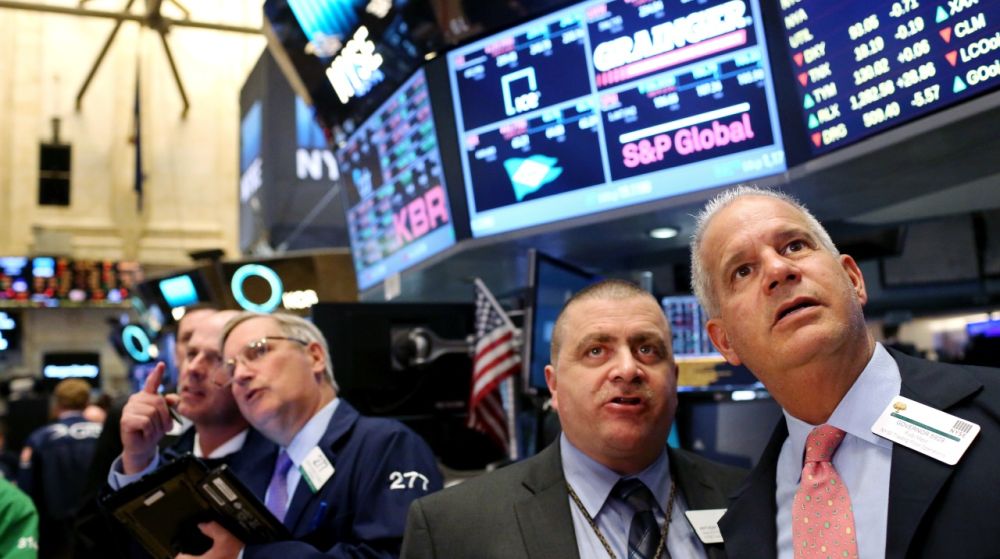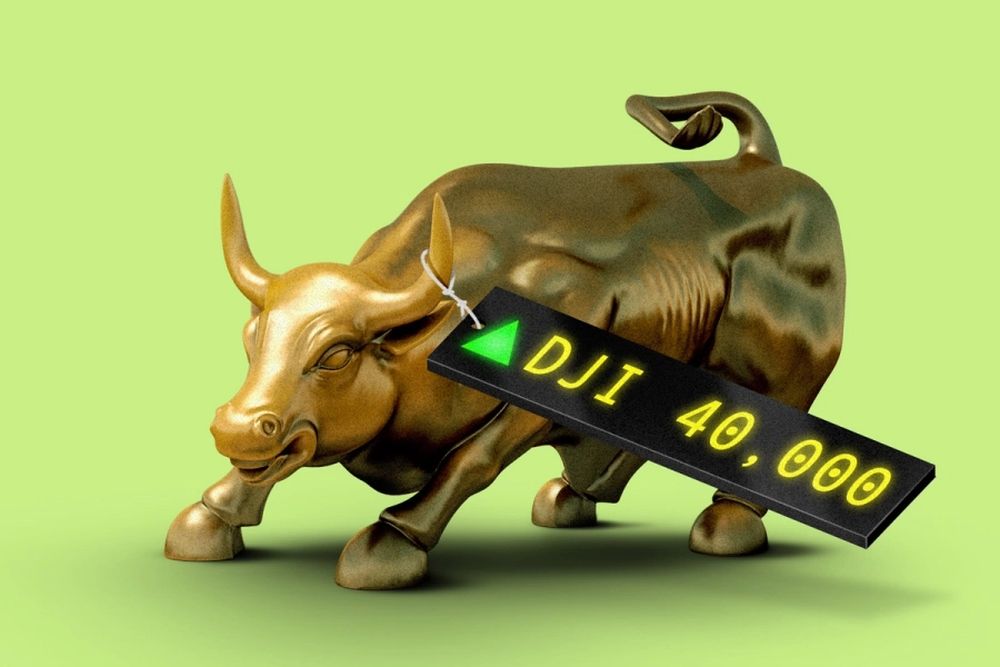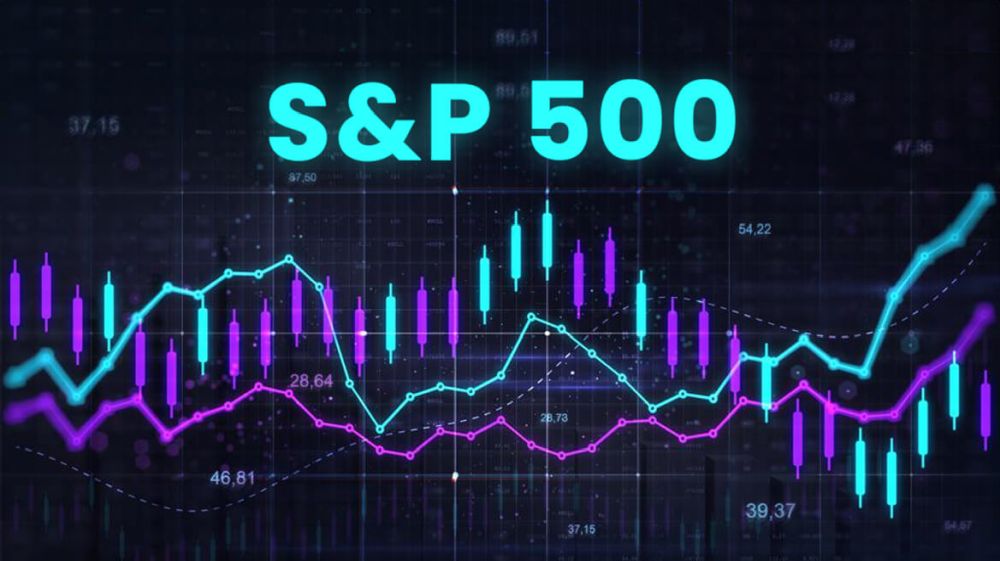The Dow Jones Industrial Average (DJIA) crossed a historic threshold on May 17th, 2024, surpassing 40,000 for the first time. This achievement comes amid a backdrop of mixed economic signals, leaving investors to ponder whether it’s a sign of a thriving economy or a potential bubble.

On the surface, the market’s on a tear. The Dow has surged an impressive 40% since its pandemic lows in September 2022 and is up roughly 6% year-to-date. This positive momentum extends beyond the Dow, with the S&P 500 and Nasdaq also reaching new highs. Fueling this optimism is a recent inflation report that showed signs of a slowdown, a welcome relief for investors worried about rising prices.

However, some experts caution against over interpreting the Dow’s milestone. The Dow, unlike the S&P 500 which tracks a broader range of companies, only considers 30 large, established corporations. This limited scope can skew the picture of the market’s overall health. Additionally, a concerning disconnect exists between the stock market’s performance and how everyday Americans perceive the economy. High inflation continues to impact consumer spending, and many believe the US is already in a recession, highlighting the question of whether the stock market truly reflects the state of the real economy that people experience day-to-day.

So, what does this mean for investors? The Dow’s record high is a sign of investor confidence, but it shouldn’t be the sole factor guiding investment decisions. Investors should focus on long-term strategies and asset allocation, avoiding the allure of chasing short-term trends. A comprehensive understanding of the economic climate, individual risk tolerance, and investment goals is key to navigating the ever-changing market landscape. While the Dow reaching 40,000 is a significant milestone, it’s just one data point. By taking a holistic approach, investors can make informed decisions to weather the market’s inevitable ups and downs.

